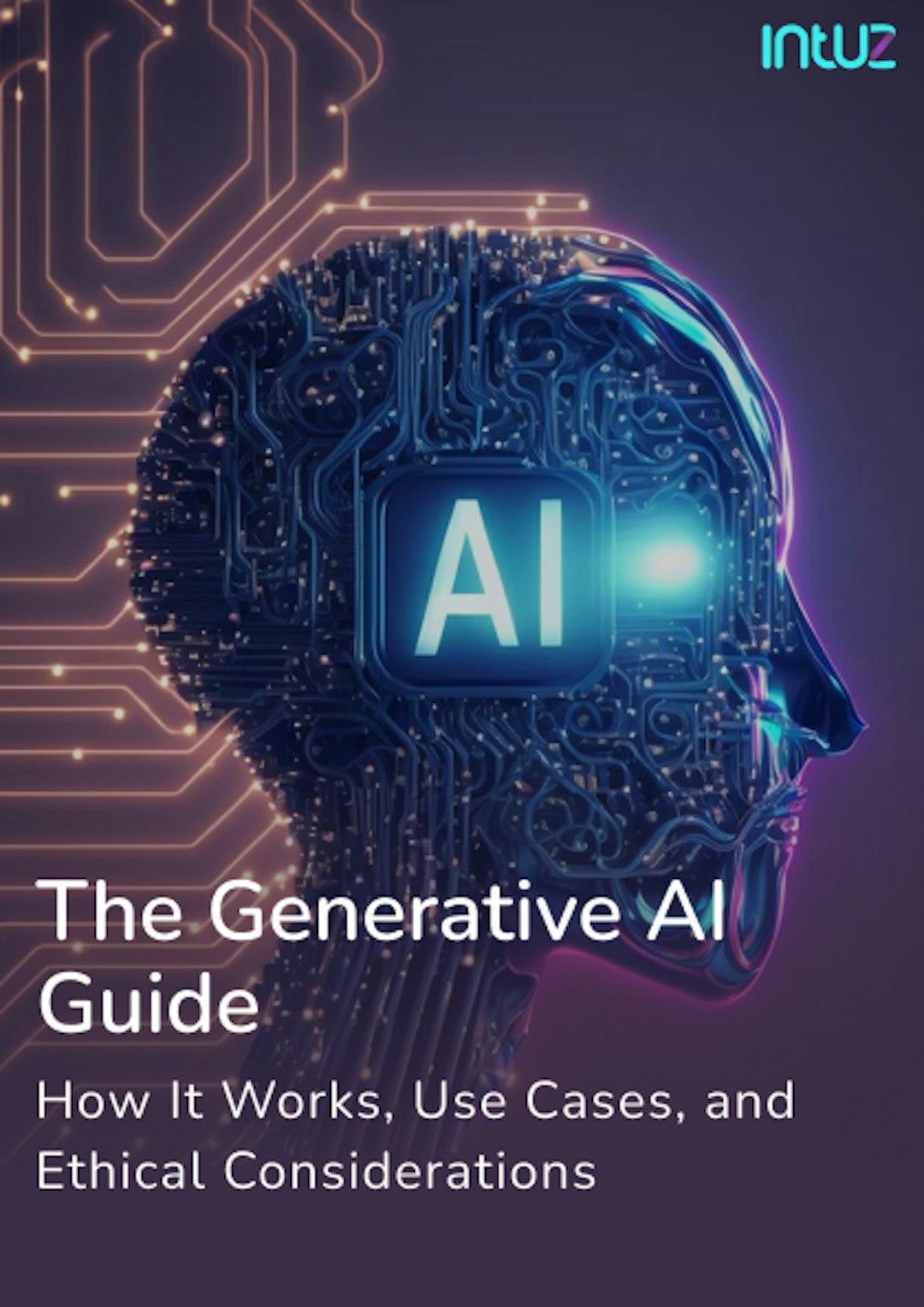Table of Content
In today’s competitive landscape, HR teams are under immense pressure to do more with less. From managing job applications and onboarding employees to handling leave requests and processing payroll, they have a lot on their plate.
Their daily responsibilities also compel them to manage multiple spreadsheets, switch between apps, and follow up manually, all of which can become overwhelming in the long run. Over half of HR leaders indicate that fragmented and ineffective solutions increase team workload.
This is where low-code/no-code (LCNC) tools come in, which enable creating and customizing apps and workflows without extensive coding knowledge. You don’t need a team of developers to get started—only a competent implementation partner.
Moreover, the ROI of LCNC tools is clear.
Automating even a portion of HR workflows can free up 10–20 hours per week per HR team member, depending on the complexity and volume of tasks. WEF reports an 87.64% reduction in financial costs compared to traditional methods using conventional AI in hiring.
At Intuz, we help small and medium businesses automate their HR function so that they can reap such benefits. In this blog, we’ll walk you through five essential HR processes you can automate with LCNC tools and the platforms and integrations that make it work.
Top 5 HR Processes You Can Automate with Low-Code/No-Code Tools

1. Job application collection and candidate screening
Sorting through job applications manually can slow everything down, especially when hiring for multiple roles. The back-and-forth between job boards, email, and spreadsheets makes the process tedious and time-consuming, increasing the risk of missing out on strong candidates.
With low-code/no-code tools, you can set up a system that brings everything together. You can use Zapier or Make.com to automatically pull candidate submissions from your LinkedIn job posts, website forms, or job boards into a central place like Google Sheets or Airtable.
That gives you a live, organized view of all incoming applications. For logic-based screening, set up rules that flag candidates based on keywords in their resumes, qualifications, or experience, so you focus on the most relevant profiles first.
Once a candidate is added to the sheet, it triggers instant updates. Use Slack to alert the hiring manager or send a structured email summarizing the applicant’s details.
At the same time, a confirmation email can go out to the candidate, keeping them informed without you lifting a finger. The impact naturally adds up quickly. Companies using automated screening can reduce hiring time by up to 45%!
2. Employee onboarding and offboarding
When a new hire joins, the HR team usually has a long checklist to complete: setting up accounts, fetching educational and employment paperwork, starting payroll, and so on. The same goes for onboarding, except the stakes are often higher regarding access and compliance.
Low-code/no-code tools take most of this off your plate. For example, software like Make.com can kick off a flow as soon as someone signs their offer letter during onboarding.
The system can create Google Workspace and Slack accounts, open a personal workspace in Notion, and share a welcome email with links to training resources, next steps, and key contacts.
You can also trigger a task list in a shared Google Sheet that helps managers and IT track what’s been done. Offboarding can be done similarly. Once someone is marked as exiting, your automation can:
- Send a notification to IT to revoke access to Google, Slack, and Notion
- Trigger an exit survey via Google Forms or a Typeform link
- Update internal records and offboarding status in a central HR sheet
- Alert the HR team or manager via Slack
With 83% of former employees still retaining access to digital assets from their previous employer, automation closes that loop, ensuring new hires and existing employees are handled professionally from start to finish.

3. Payroll management and processing
Payroll can quickly get complicated with time tracking, tax deductions, and approval flows. Even small errors can create confusion for employees and extra work for HR. But with low-code/no-code tools, you can connect the dots between the systems you already use.
First, use Zapier to integrate time-tracking data from your payroll system, whether from Google Sheets, Clockify, or another app. Once the data is in, set up automated logic to calculate salaries, deductions, and benefits.
Define rules for overtime, tax percentages, or unpaid leaves using simple flow builders. For approvals, create a Slack or email notification to managers. Once they review and approve timesheets, the flow continues.
Then, use QuickBooks or Zoho Payroll to generate pay slips, schedule direct deposits, and create compliance-ready summaries. In fact, you can set up a recurring Zap to pull payroll summaries into a formatted Google Sheet or have a PDF emailed to your team.
According to Paychex, businesses that leveraged technology-based payroll solutions saved between 60 and 120 hours annually in preparing and filing taxes.
4. Leave request management and approval workflows
Managing time-off requests can be straightforward or become a series of emails, missed messages, and manual updates. When it’s not systemized, small delays confuse employees and the HR team.
Low-code/no-code tools help create a clear, trackable flow that takes care of itself.
Let’s take a simple leave request using Typeform or Google Forms.
When an employee submits the form, a tool like Make.com can automatically route the request based on your organization chart. For example, if the requester is from the marketing team, the form goes straight to their manager on Slack or by email for approval.
Once approved or rejected, the system updates a central leave tracker in Google Sheets or Airtable and adjusts the employee’s available leave balance. You can also set it to block the approved dates on Google Calendar so the whole team stays aligned.
The employee and the HR team can be notified accordingly, efficiently closing the loop without manual follow-up.
5. HR reporting and performance dashboards
Whether it’s monthly headcount, training completion, or performance trends, HR reporting often means pulling data from multiple places and formatting it by hand. It’s time-consuming and easy to miss something important. That’s where low-code/no-code tools can help.
You can use n8n to pull updates from Google Sheets, Trello, and other CRM apps your team relies on. Set the flow to run at regular intervals, weekly, monthly, or even daily, depending on what you need. From there, reports and summaries are automatically generated.
Push key insights to leadership via Slack or email or organize them in a shared Notion workspace. Feed the data into Google Data Studio to track real-time metrics if you want more visual dashboards.
You can even set up alerts when certain thresholds are met, such as when employee satisfaction scores dip below a certain point or when the team bandwidth exceeds a limit.
Step-by-Step Guide to HR Workflow Automation Implementation by Intuz
Starting with a clear plan is essential if automating HR workflows is on the horizon for you. To make this process easier, here’s a step-by-step look by Intuz at how to roll out low-code/no-code (LCNC) automation backed by the right AI tools.

1. Identify key HR pain points and define what “better” looks like
We at Intuz firmly believe in starting this with a clear-eyed audit. Where does your team spend most of their time? Is it onboarding, leave management, or payroll? Whatever it is, the homework will help you decide the relevant metrics to track for success. For example, it could be “cut onboarding from 10 days to 5” or “automate 90% of leave requests.”
2. Break down existing HR workflows
Next, map every task from start to finish. Who does what, when, and how? Pinpoint repetitive actions (like data re-entry or email follow-ups) and dependencies causing bottlenecks. This will help you see what can be automated and what needs to stay manual.
3. Choose the right LCNC platform with Intuz
Not all platforms are built the same. Zapier and Make.com are great for plug-and-play tasks; n8n gives you more control and customization. Intuz can work with your team to match platform capabilities with your current stack, ensuring long-term scalability. When evaluating automation tools, Make vs n8n vs Zapier often lead the conversation. Here’s a breakdown to help you choose.

4. Build, integrate, and test custom HR workflows
With Intuz, you’ll build workflows that fit your organizational structure, from syncing onboarding forms between Notion and Slack to updating payroll data in real-time via Google Sheets. We’ll help you run controlled pilots and then iterate based on real team feedback.
Need help monitoring performance and fine-tuning any issues before you scale? You can count on us.
5. Deploy, train, and start seeing results
Once your workflows are stable, roll them out across teams. Provide bite-sized training docs or Loom videos, and give your HR team a clear escalation path for edge cases. Intuz can help you with the nitty-gritty and answer queries like what to do if something needs manual handling.
Let's Automate Your Mundane & Repetitive HR Processes!
Let's get startedSo, What Should You Do Next?
If you’re thinking about automating HR but not sure where to start, let’s talk!
Book a free consultation with Intuz to explore automation possibilities based on your current HR setup. We’ll help you design and build a scalable, error-proof HR automation system using low-code/no-code tools personalized specifically for your team’s size, tools, and priorities.
Explore our custom AI solutions.






